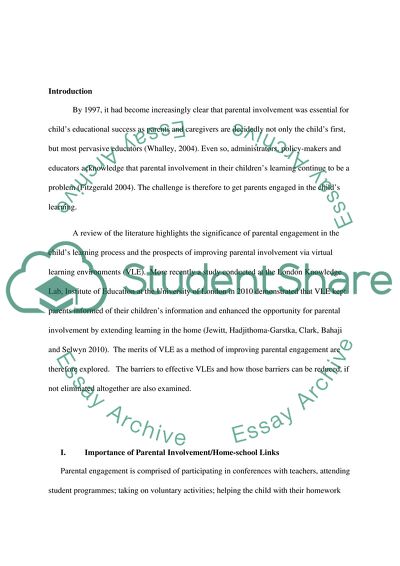Cite this document
(“Parental Involvement in the Childs Learning Process: Education Reforms Literature review - 1”, n.d.)
Parental Involvement in the Childs Learning Process: Education Reforms Literature review - 1. Retrieved from https://studentshare.org/education/1751689-how-can-virtual-learning-environments-promote-parental-engagement-in-childrens-learning
Parental Involvement in the Childs Learning Process: Education Reforms Literature review - 1. Retrieved from https://studentshare.org/education/1751689-how-can-virtual-learning-environments-promote-parental-engagement-in-childrens-learning
(Parental Involvement in the Childs Learning Process: Education Reforms Literature Review - 1)
Parental Involvement in the Childs Learning Process: Education Reforms Literature Review - 1. https://studentshare.org/education/1751689-how-can-virtual-learning-environments-promote-parental-engagement-in-childrens-learning.
Parental Involvement in the Childs Learning Process: Education Reforms Literature Review - 1. https://studentshare.org/education/1751689-how-can-virtual-learning-environments-promote-parental-engagement-in-childrens-learning.
“Parental Involvement in the Childs Learning Process: Education Reforms Literature Review - 1”, n.d. https://studentshare.org/education/1751689-how-can-virtual-learning-environments-promote-parental-engagement-in-childrens-learning.


